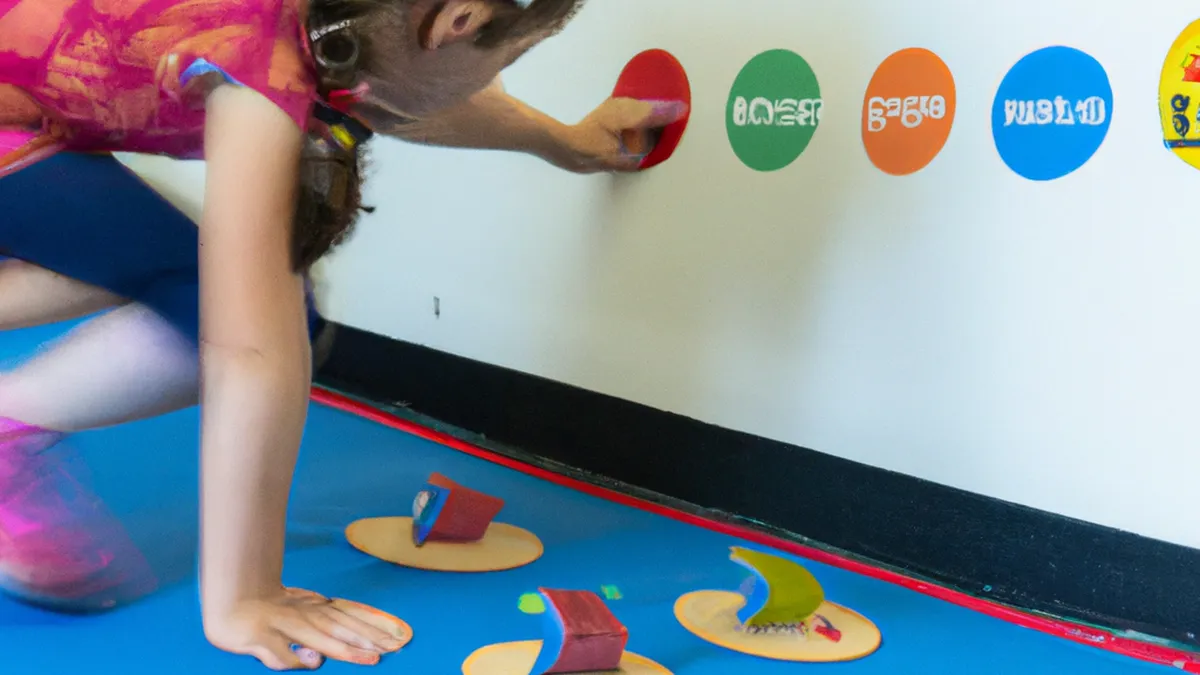Enhancing Motor Skills via Quick Play
The Benefits of Speed Games in Early Childhood Physical Development
Early childhood plays a crucial role in physical development. During this time, children learn motor skills, gain strength, and develop coordination. Speed games significantly enhance this development by promoting fun and improving agility, coordination, and fitness. This blog post explores speed games’ benefits for young children and provides tips for incorporating these activities into playtime.
Understanding Speed Games
Speed games require quick movements and reactions. These activities often involve running, jumping, or sprinting, challenging children’s abilities while keeping them engaged. Games like tag, relay races, and obstacle courses encourage quick movement and speed enhancement. The competitive nature of speed games creates excitement and fosters healthy competition and sportsmanship.
Types of Speed Games
Several types of speed games benefit young children. Here are a few popular options:
1. **Tag**: This classic game encourages quick movements and decision-making. Players evade being tagged while sprinting, building reflexes and agility.
2. **Relay Races**: These races promote teamwork and speed. Children sprint to a point and return, passing a baton. This game develops speed and teaches collaboration and communication.
3. **Obstacle Courses**: Setting up an obstacle course challenges children to navigate various tasks quickly. They jump over hurdles, crawl under ropes, or balance on beams. Obstacle courses enhance strength, coordination, and spatial awareness.
4. **Red Light, Green Light**: In this game, children must listen carefully and respond to commands. The “leader” calls “green light,” and players run; during “red light,” everyone stops. This game improves listening skills and reaction time.
5. **Freeze Tag**: In this variation of tag, tagged players must freeze until a teammate unfreezes them by crawling through their legs. This game adds strategy and teamwork elements.
These games boost physical skills and create a fun learning environment.
Tips for Incorporating Speed Games
Maximize the benefits of speed games with these tips:
1. **Choose Age-Appropriate Activities**: Select games suitable for your child’s age and skill level. Younger children enjoy simple games like tag, while older kids can tackle complex relay races. Tailoring activities ensures engagement and prevents overwhelm.
2. **Create a Safe Environment**: Ensure the play area is hazard-free. Remove sharp objects and obstacles that could cause injuries. Outdoor spaces like parks or backyards work well, but ensure the ground is even and clear of debris.
3. **Encourage Participation**: Invite friends or siblings to join in the fun.
Conclusion
Speed games enhance physical development in early childhood. Incorporating these activities fosters essential skills while ensuring children enjoy playtime.
Below are related products based on this post:
FAQ
What are speed games and how do they benefit young children?
Speed games are activities that require quick movements and reactions, such as tag, relay races, and obstacle courses. These games enhance physical development by promoting agility, coordination, and fitness while keeping children engaged and encouraging healthy competition.
Can you provide examples of speed games suitable for different age groups?
Yes! For younger children, simple games like tag or Red Light, Green Light are ideal. As children grow older, they can participate in more complex activities such as relay races and obstacle courses, which promote teamwork and collaboration while enhancing their physical skills.
What tips can help parents incorporate speed games into playtime effectively?
To effectively incorporate speed games, choose age-appropriate activities that match your child’s skill level, create a safe play environment by removing hazards, and encourage participation by inviting friends or siblings to join in the fun.















Post Comment